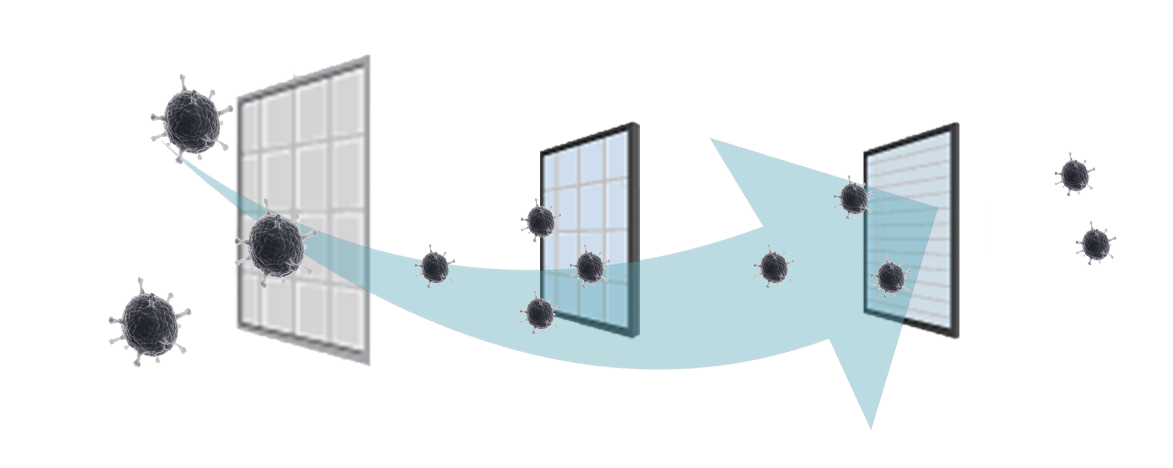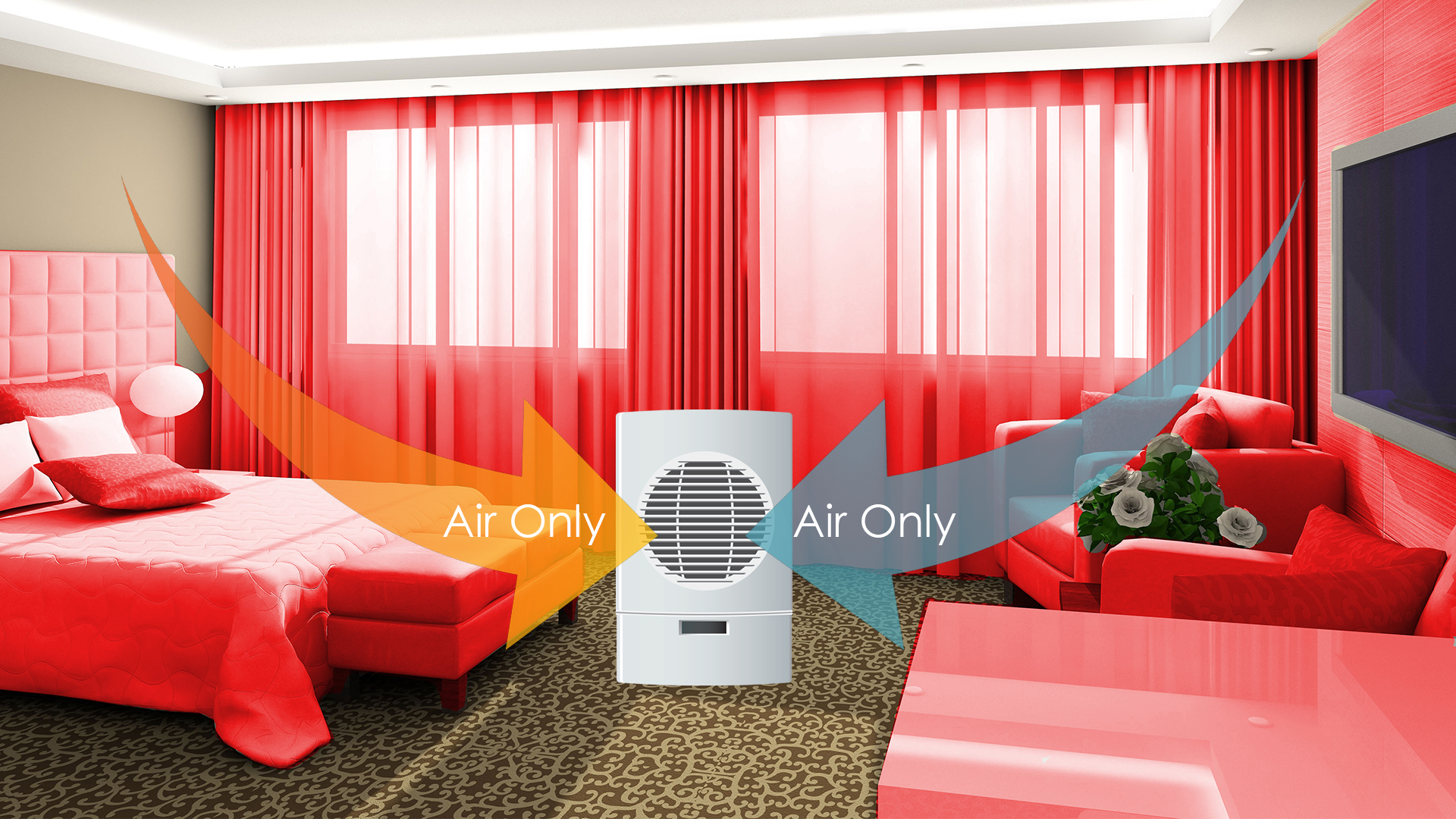PREV POST
How To Get Rid of Mould In Your Home
Personal Solutions
Investing in air cleaning devices such as air filters or air purifiers may seem like a really smart way to improve the air we breathe, and by doing so protect and improve our overall health. After all, in our modern and urban lifestyles, we are constantly being surrounded and bombarded with a soup of pollutants such as viruses, bacteria, moulds, allergens of all different kinds, dust, toxic gasses and large spectrums of Volatile Organic Compounds that can cause serious harm to our bodies and wellbeing. So taking a step to protect our health is always a positive step forward, but before taking any leap into buying a product, it would be prudent to understand some of the realities and limitations of air filters and air purifiers.

It is also important to keep in mind that various pollutants such as bacteria and moulds are trapped inside filters but are not destroyed or sterilized in any way. This means that they sit there until it is time to clean or exchange a filter. And if this kind of maintenance isn’t carried out with the utmost diligence, it is not uncommon for these contaminants to be re-emitted right back into your air after growing inside the filter.

It may feel comforting to have a large air filtering or air purifying product taking up a corner of your room, but the reality is that the coverage range of these can be limited. Air around or in the near vicinity of an air filter may get cleaner by having pollutants removed, but that does not mean at all that the air of an entire space is getting covered. So, despite how big and cumbersome these products tend to be (and how much noise they can make by just sitting there sucking in and blowing out air), it is important to keep in mind that you may actually only be cleaning a much smaller portion of your living space than imagined.
On top of all of this, air filters and air purifiers tend to consume high power and can result in high energy costs. The cleaning, maintenance and replacement of the filters are also very time and cost consuming. They also tend to take up a lot of space and are not exactly easy to hide as a part of furniture or interior design.
So what are the alternatives? Is there something that can actually destroy, disinfect, sterilize all kinds of pollutants, large or small, in the air and on our surfaces? Is there anything that can cover larger spaces, and is small in size? Anything that makes virtually no noise? Costs very little? Doesn’t use any filters or chemicals? Indeed there is.
Medklinn Air+Surface Sterilizers.
 views
views